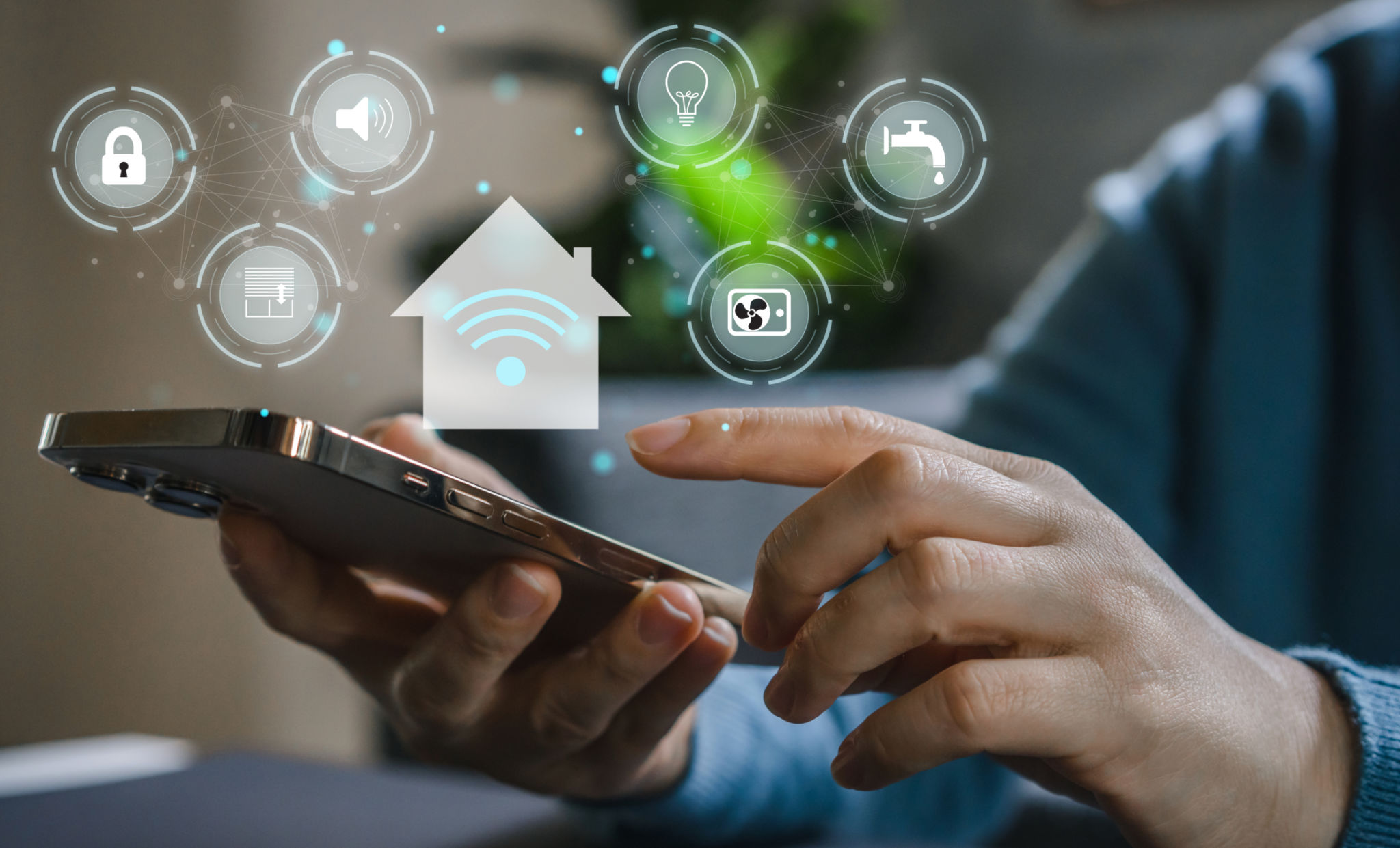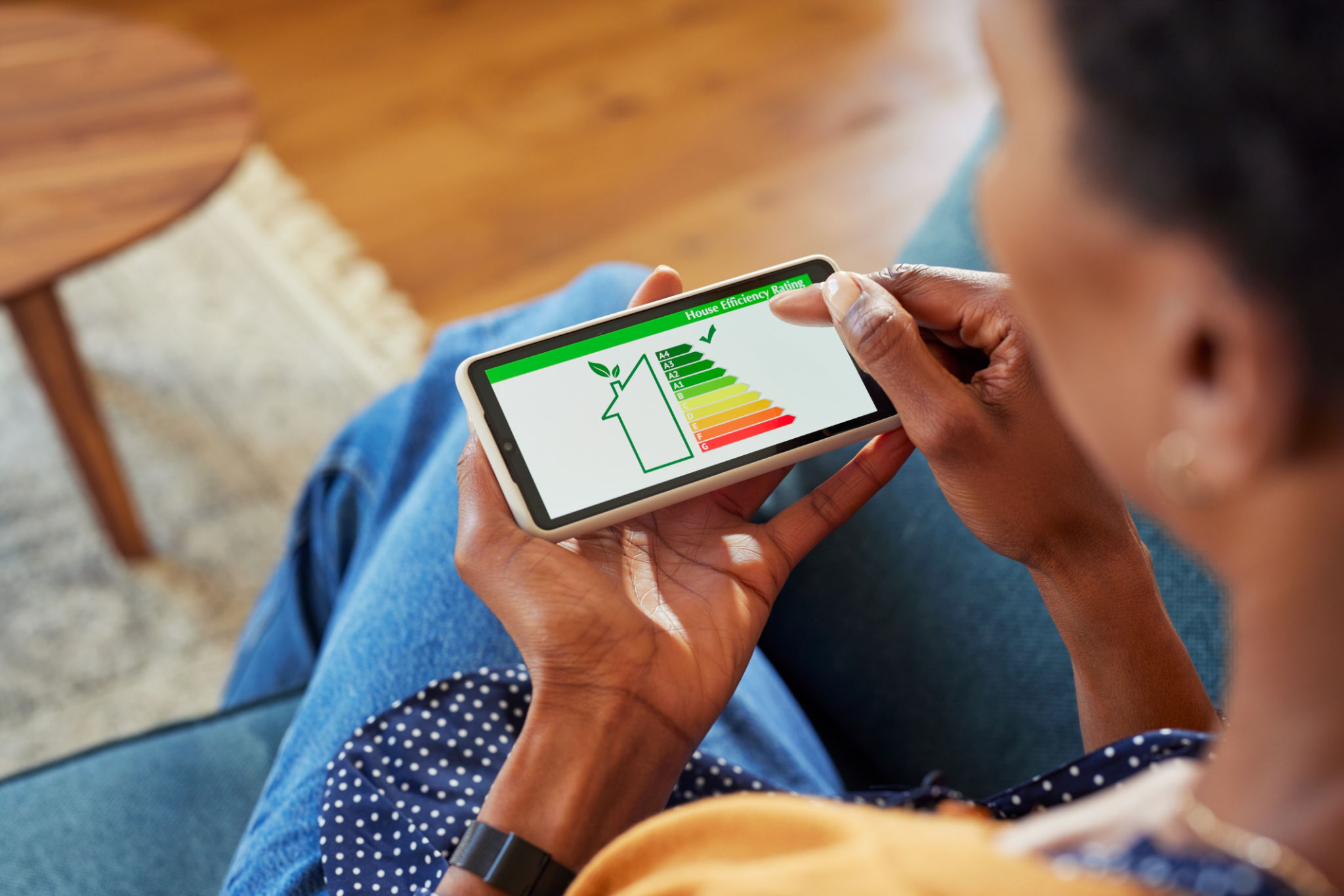Case Study: Transforming a Bowie Home with Smart Technology
AD
Introduction to Smart Technology in Homes
The advent of smart technology has revolutionized the way we interact with our living spaces. With devices that can communicate and automate tasks, homeowners are finding new ways to enhance comfort and efficiency. In this case study, we explore how a family in Bowie transformed their home using smart technology.

Understanding the Needs
The Bowie family was keen on integrating smart technology to improve energy efficiency, security, and overall convenience. Their primary goal was to create a seamless living experience while reducing their carbon footprint. By evaluating their daily routines, the family identified areas where technology could make a significant impact.
Energy Efficiency
One of the main areas of focus was energy consumption. The family installed smart thermostats and energy-efficient lighting systems. These devices allowed them to monitor and control energy use remotely, leading to a noticeable decrease in utility bills. By setting schedules and using sensors, the home adjusted to optimal temperatures automatically.

Enhanced Security
Security was another critical aspect for the Bowie family. They opted for a comprehensive smart security system that included cameras, motion sensors, and smart locks. These systems provided real-time alerts and the ability to monitor their home from any location via smartphones. This upgrade not only enhanced safety but also provided peace of mind.
Convenience and Automation
Beyond energy and security, the family sought to improve day-to-day convenience. Smart speakers and voice assistants were integrated into the home to automate tasks like controlling lights, playing music, and managing household reminders. This level of automation significantly reduced manual effort and streamlined their daily routines.

Creating a Smart Hub
The integration of these technologies required a central hub for seamless operation. The family chose a smart home hub that could connect all devices into a single interface. This centralization allowed them to manage everything from one app, making it easier to control and customize their smart home environment.
Results and Benefits
The transformation of the Bowie home through smart technology yielded numerous benefits. The most immediate advantages were improved energy management, enhanced security, and increased convenience. The family also noticed a reduction in stress levels as technology took over mundane tasks.
Long-term Impact
In the long run, this smart transformation is expected to increase the home's value. Potential buyers are increasingly looking for homes with integrated smart systems, making such investments worthwhile. Additionally, the family's commitment to sustainability through reduced energy consumption aligns with broader environmental goals.

Conclusion
The Bowie family's journey serves as an inspiration for those looking to harness smart technology in their homes. By strategically implementing these systems, homeowners can enjoy a more efficient, secure, and comfortable living environment. This case study demonstrates that with careful planning and execution, smart technology can significantly enhance quality of life.